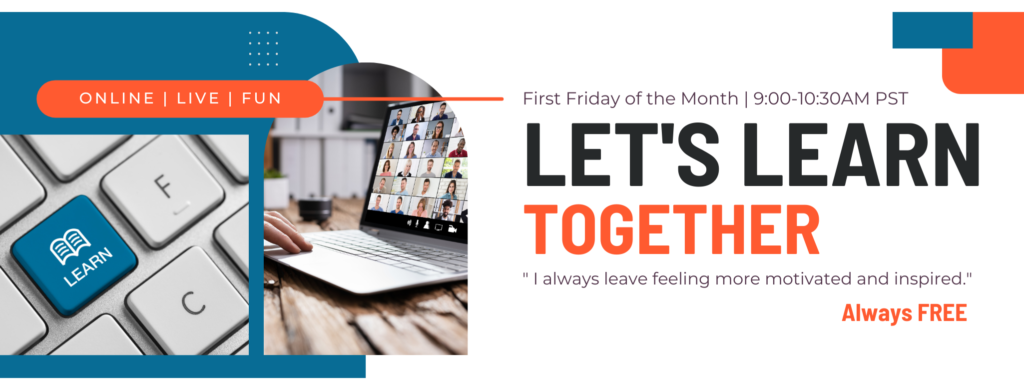
You’ve probably facilitated more virtual classes in the last year than you can count. You’ve unmuted, muted, and shared your screen numerous times. And, like me, you’ve made some mistakes. Whatever your experience level there are five things you need to stop doing in virtual training.
These five things distract learners from your content and make you look unprofessional.
- Stop leaving computer notification on.
- Stop saying this isn’t like “real” classroom training.
- Stop using the wrong method to get learner responses.
- Stop using multiple bullet pointed lists.
- Stop missing opportunities for learners to do the work.
Are you doing any of the five? Now’s a great time to stop. Let me explain each.
STOP Leaving Computer Notifications On
I don’t want to hear your computer ping with notifications. Hearing someone else’s computer notifications ping is my virtual training pet peeve.It immediately causes me confusion.
Was that my computer?
Was that my phone?
I thought I turned that off?
Snooze your notifications for the duration of your training or simply turn them off. It’s better for your productivity even when you are training and won’t distract learners.
STOP Saying This Isn’t Like “Real” Classroom Training
Yes, we know. The virtual environment is different. However, virtual training isn’t inherently bad. It’s just outside your norm.
By mentioning how different or subpar virtual training is to the classroom environment, learners are led to think and expect less. You can think it, but don’t say it. And then find a way to adjust to the virtual format. Most of what you did in the traditional classroom can be done in the virtual classroom.
STOP Using The Wrong Method To Get Learner Responses
Chat? Annotation? Unmute?
There’s a time and activity that works best for each method. Pick the method that helps the activity flow.
Do you want to get responses from everyone? Chat.
Do you want to see and compare everyone’s responses? Annotation.
Do you want to hear voices and create a more traditional dialogue? Unmute.
Make it easier for learners by being very specific how you ask learners to respond. Learners are able to respond if they know exactly what you want them to do. Say, “type in chat.”
Put a number to your requests and learners will respond even quicker. Say, “let’s get six responses” or “Let’s come up with 20 questions in the next four minutes.”
STOP Using Multiple Bullet Pointed Lists
We were dying slow death by PowerPoint pre-pandemic. Excessive bullet pointing is even more dangerous in the presence of a virus. PowerPoint isn’t the problem. It’s how you are using PowerPoint that is problematic. Use SmartArt to liven up boring bullets. Consider more slides with less on them (they are free). Explore animations to add some variety. Learners will be more engaged if your PowerPoint has a bit more life to it.
STOP Missing Opportunities for Learners To Do The Work
Who is doing the most talking?
The brilliant, Sharon Bowman says, “whoever is doing the most talking, is doing the most learning.” It may seem like no one wants to talk in the virtual environment, but consider if your activity choices are lending themselves more to lecture or inviting others to participate. Well planned breakout rooms activities can get others involved. Practical application exercises can give learners the hands on practice they need for on the job application.
Give yourself a break if you are doing any of the five STOPS, we’ve all been there. In fact, what would you add to our stop list? We’ve all got room to improve.

